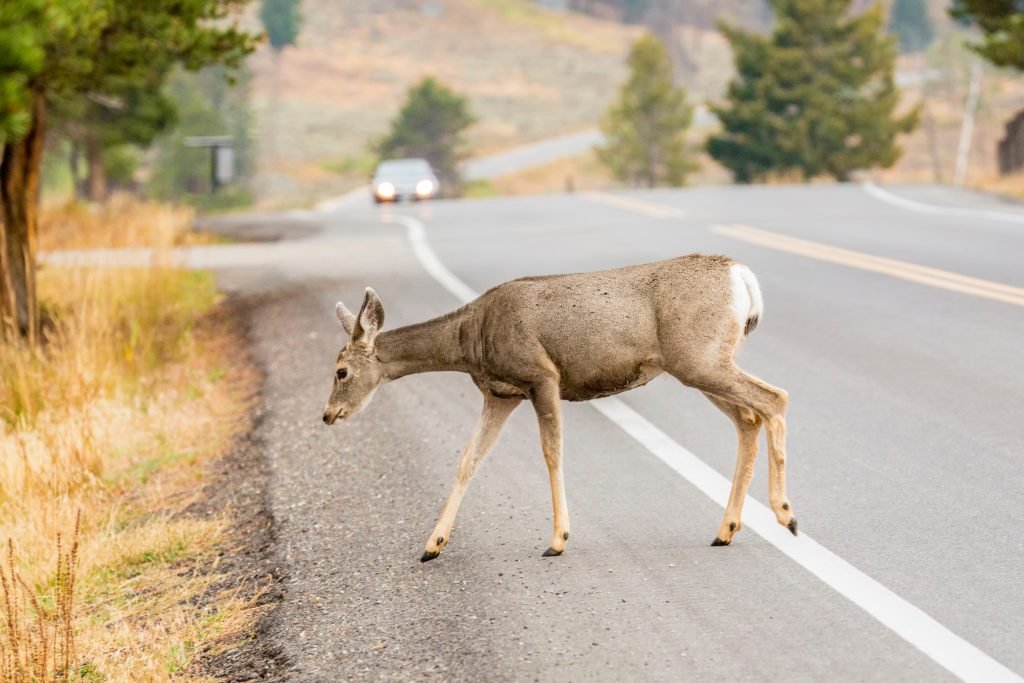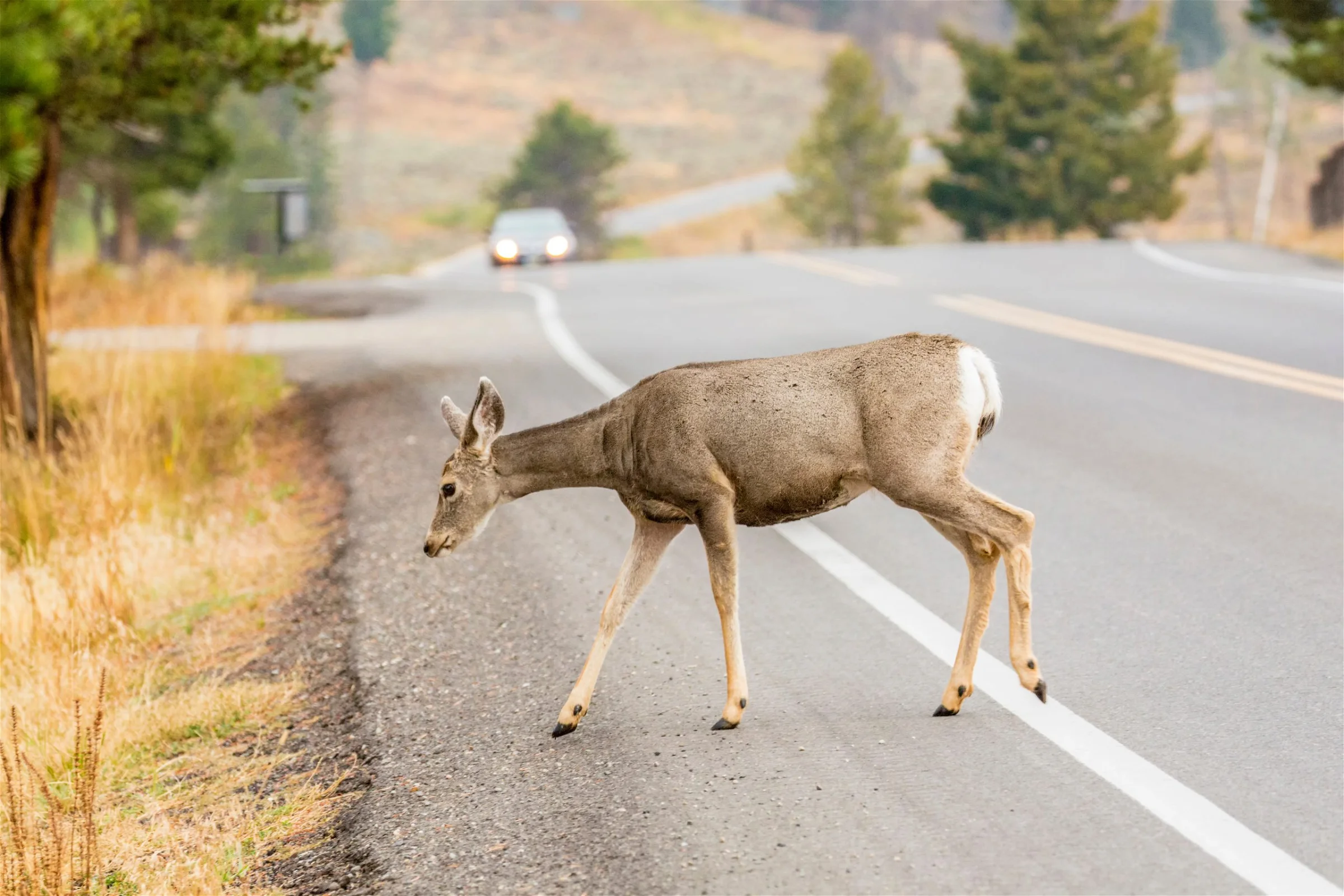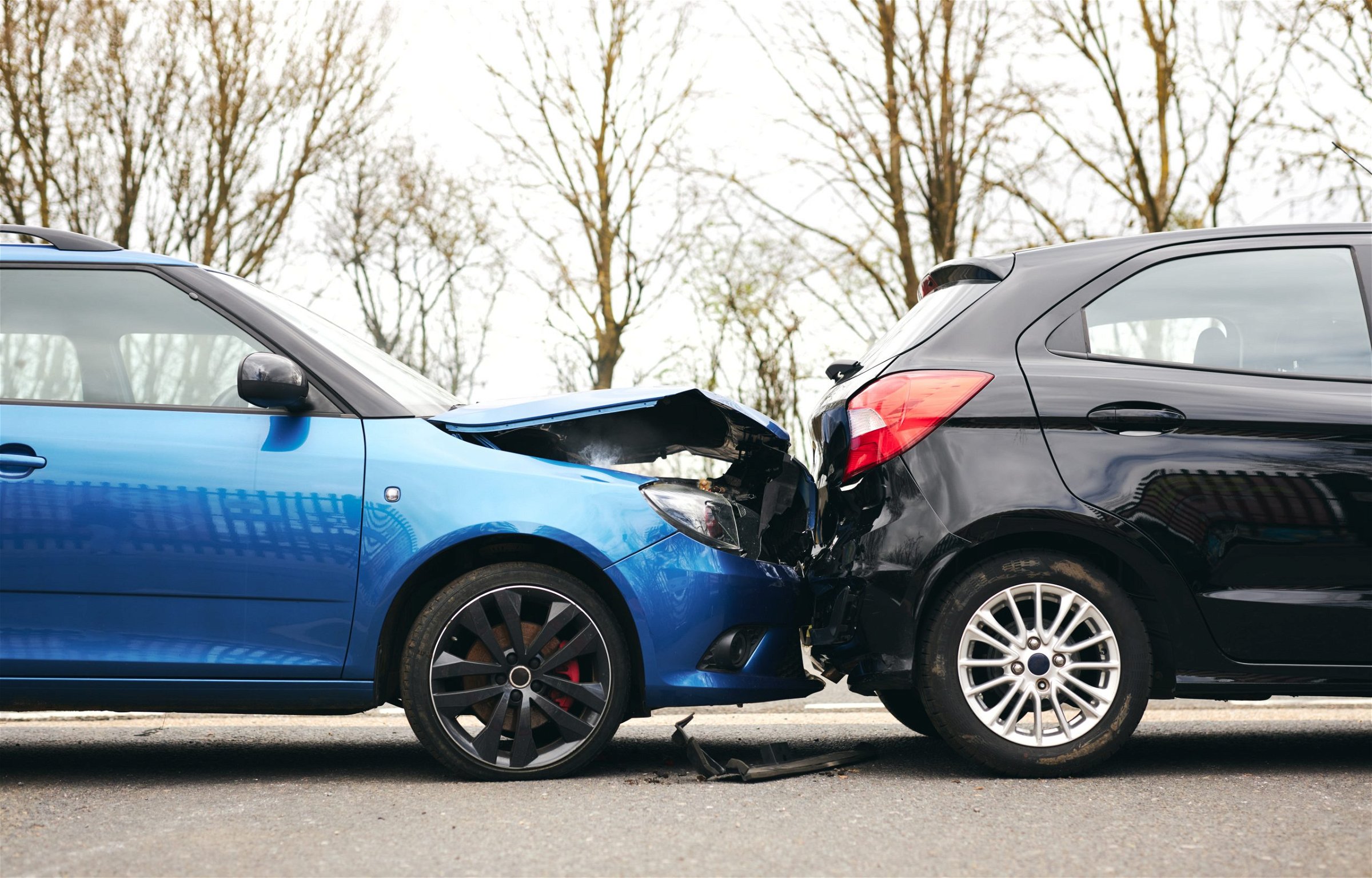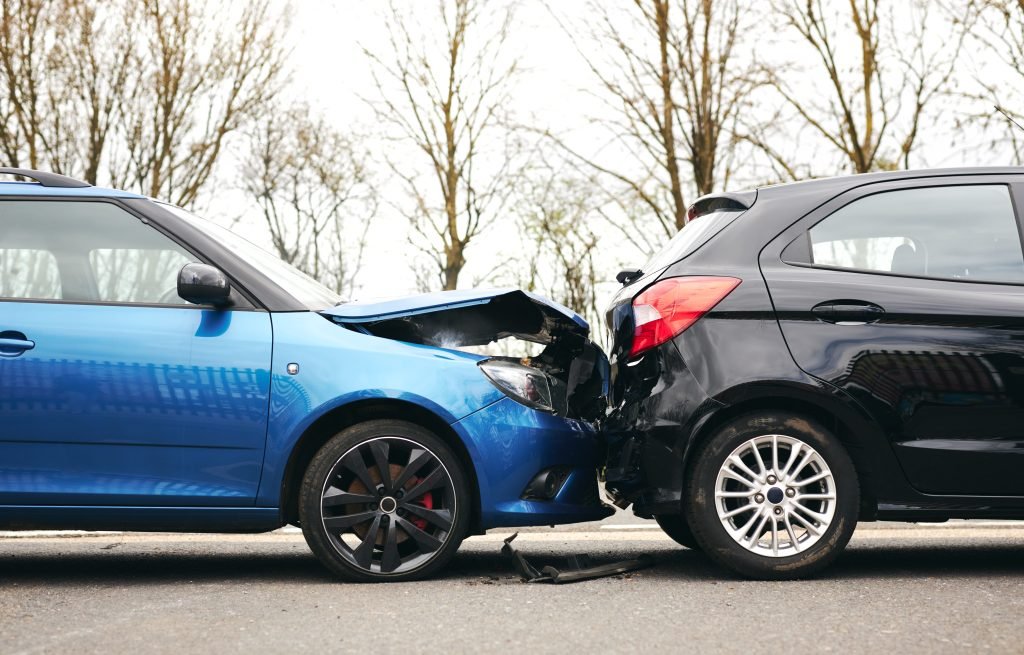
Pennsylvania, known for its lush forests and picturesque landscapes, is experiencing a unique challenge – a surge in the deer population. While this might seem like a natural occurrence, it has far-reaching consequences, including a significant impact on car insurance rates for drivers across the state. In this blog post, we’ll explore the reasons behind the increased deer population in Pennsylvania and delve into how it affects car insurance costs for its residents.
Pennsylvania has long been home to a thriving deer population due to its extensive forests and abundant vegetation, providing the ideal habitat for these graceful creatures. However, over the past decade, there has been a noticeable increase in the deer population. Several factors contribute to this phenomenon:
- Reduced Predation: With the decline in natural predators, such as wolves and cougars, deer populations have been able to grow unchecked.
- Abundant Food Supply: Ample sources of food, including agricultural crops and suburban gardens, have allowed deer to thrive and reproduce at a rapid rate.
- Milder Winters: Climate change has resulted in milder winters in Pennsylvania, which means deer have an easier time finding food and surviving harsh weather conditions.
While a thriving deer population is a testament to Pennsylvania’s natural beauty, it comes at a cost for drivers in the state. The surge in deer-related accidents has led to significant consequences for car insurance premiums:
- Increased Collision Rates: As deer populations grow, the chances of encountering these animals on the road also rise. This has led to an increase in collisions between vehicles and deer.
- Vehicle Damage: Collisions with deer often result in substantial damage to cars, including dented fenders, shattered windshields, and more. Repairing this damage can be costly, driving up insurance claims.
- Personal Injury: In some cases, accidents involving deer can lead to personal injuries, further driving up insurance costs due to medical expenses and potential lawsuits.
- Comprehensive Coverage: Many drivers in Pennsylvania opt for comprehensive insurance coverage to protect against deer-related accidents. As claim frequency increases, insurance companies raise premiums to offset their payouts.
Tips for Pennsylvania Drivers: Considering the impact of the growing deer population on car insurance, Pennsylvania drivers should take proactive steps to reduce the risk of deer-related accidents:
- Drive Cautiously: Be alert, especially during dawn and dusk when deer are most active. Reduce your speed and exercise caution in wooded areas.
- Use High Beams: When driving at night, use high beams when possible to improve visibility and spot deer on the road.
- Install Deer Whistles: Some drivers find success in deterring deer by installing deer whistles on their vehicles, emitting a high-pitched sound that alerts deer to the approaching vehicle.
- Comprehensive Coverage: Evaluate your insurance policy and consider comprehensive coverage if you haven’t already. While it may increase your premiums, it provides valuable protection against deer collisions.
The increasing deer population in Pennsylvania is a natural phenomenon driven by various factors. However, it has significant implications for car insurance rates in the state. To mitigate the financial impact of deer-related accidents, Pennsylvania drivers should remain vigilant, adopt safe driving practices, and consider comprehensive insurance coverage. Understanding these dynamics can help residents navigate the challenges posed by the growing deer population while staying financially protected on the road.



